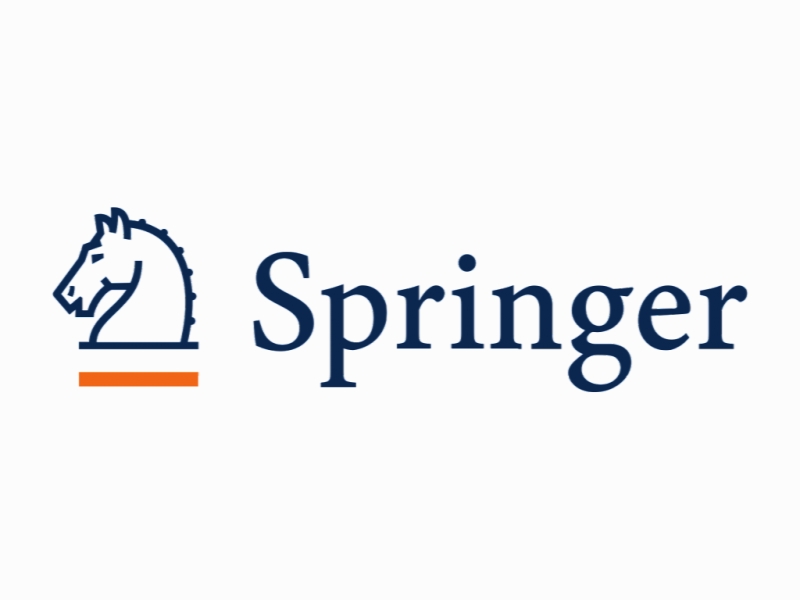حذف موثر یون های فلز سنگین سمی از محلول آبی با استفاده از ذرات ریز CaCO3 Effective Removal of Toxic Heavy Metal Ions from Aqueous Solution by CaCO3 Microparticles
- نوع فایل : کتاب
- زبان : انگلیسی
- ناشر : Springer
- چاپ و سال / کشور: 2018
توضیحات
رشته های مرتبط شیمی، محیط زیست
گرایش های مرتبط شیمی تجزیه، مهندسی بهداشت محیط
مجله آب، هوا و آلودگی خاک – Water – Air & Soil Pollution
دانشگاه School of Chemistry – The University of Sydney – Australia
منتشر شده در نشریه اسپرینگر
کلمات کلیدی انگلیسی Calcium carbonate, Porous microparticles, Heavy metal adsorption, Adsorption mechanisms
گرایش های مرتبط شیمی تجزیه، مهندسی بهداشت محیط
مجله آب، هوا و آلودگی خاک – Water – Air & Soil Pollution
دانشگاه School of Chemistry – The University of Sydney – Australia
منتشر شده در نشریه اسپرینگر
کلمات کلیدی انگلیسی Calcium carbonate, Porous microparticles, Heavy metal adsorption, Adsorption mechanisms
Description
1 Introduction Despite a considerable amount of research to find alternatives to heavy metals (commonly defined as metals both heavier than 5 g/cm3 and toxic at low concentrations) (Ricco et al. 2015), they still find ever increasing usage in modern products, including batteries, pesticides, paints, and electronics. Consequently, the rising presence of heavy metal waste in the environment provides a potential and possibly increasing risk of prolonged health problems to humans and other living species. For example, lead poisoning can severely affect central nervous systems (Okoye et al. 2010); cadmium compounds are likely human carcinogens, longterm exposure may cause fragile bones, kidney damage, and even death (Boparai et al. 2011; Srivastava et al. 2006); symptoms of copper poisoning include nausea, vomiting, and death (Fu and Wang 2011). These problems are exacerbated by the fact that heavy metals are usually not easily removed from the biosphere but instead tend to accumulate in living organisms (Annadurai et al. 2003; Fu and Wang 2011; Reed and Matsumoto 1993), making the problem of heavy metal contamination more severe. Therefore, simple and effective treatments for water contaminated with heavy metals have received continuous attention (Fu and Wang 2011). Existing methods for heavy metal removal from water include chemical precipitation (Charerntanyarak 1999; Matlock et al. 2002), ion exchange (Tavakoli et al. 2017; Wang et al. 2014), membrane filtration (Al-Rashdi et al. 2013; Blöcher et al. 2003), and adsorption (Celis et al. 2000; Ho et al. 1996). Among these technologies, adsorption is one of the most promising methods, as it is generally passive and relatively facile. Recently, several types of adsorbents have been reported for removing heavy metals from water, including carbon nanotubes (Stafiej and Pyrzynska 2007), activated carbon (Amuda et al. 2007; Kobya et al. 2005), zeolites (Erdem et al. 2004), metal-organic frameworks (MOFs) (Ricco et al. 2015), nanosized metal oxides (Hua et al. 2012; Wang et al. 2010a), and resins (Lin et al. 2000). Among these adsorbents (Table 1), nano-adsorbents such as carbon nanotubes, MOFs, or metal oxide nanomaterials show a high capacity for adsorbing metal ions from aqueous solution due to their high surface areas; however, these adsorbents can be expensive and difficult to prepare (Gupta et al. 2011). Therefore, there is a pressing need for adsorbents that are cost-effective, abundant, easy to prepare, biocompatible, and capable of efficiently removing heavy metals, that is, absorption that is fast and extensive.


